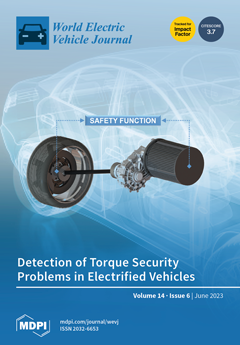Hybrid electric vehicle technology (HEVT) is emerging as a reliable alternative to reduce the constraints of battery-only driven pure electric vehicles (EVs). HVET utilizes an electric motor as well as an internal combustion engine for its operation. These components would work on battery power and fossil fuels, respectively, as a source of energy for vehicle mobility. The power is delivered either from battery or fuel or both sources based on user requirements, road conditions, etc. HEVT uses three major propelling systems, namely, front-wheel drive (FWD), rear-wheel drive (RWD), and four-wheel drive (4WD). In these propelling systems, the 4WD model provides torque to all four wheels at the same time. It uses all four wheels to propel thereby offering better driving capability, better traction, and a strong grip on the surface. The 4WD-based HEVs comprise four architectures, namely, series, parallel, series-parallel, and complex. The literature focuses primarily on any one type of architecture for analysis in the context of component optimization, fuel reduction, and energy management. However, a focus on dynamic analysis that gives a real performance insight was not conducted, which is the main motivation for this paper. The proposed work provides an extensive critical performance analysis of all four 4WD architectures subjected to various dynamic operating conditions (continuous, pulse, and step-up accelerations). Under these conditions, various performance parameters such as speed (of vehicle, engine, and motor), power (of engine and battery), battery electrical losses, charge patterns, and fuel consumption are measured and compared. Further, the 4WD architecture performance is validated with FWD and RWD architectures. From MATLAB/Simulink-based evaluation, 4WD HEV architectures have shown superior performance in most of the cases when compared to FWD type and RWD type HEVs. Moreover, 4WD parallel HEV architecture has shown superior performance compared to 4WD series, 4WD series-parallel, and 4WD complex architectures.
Full article





